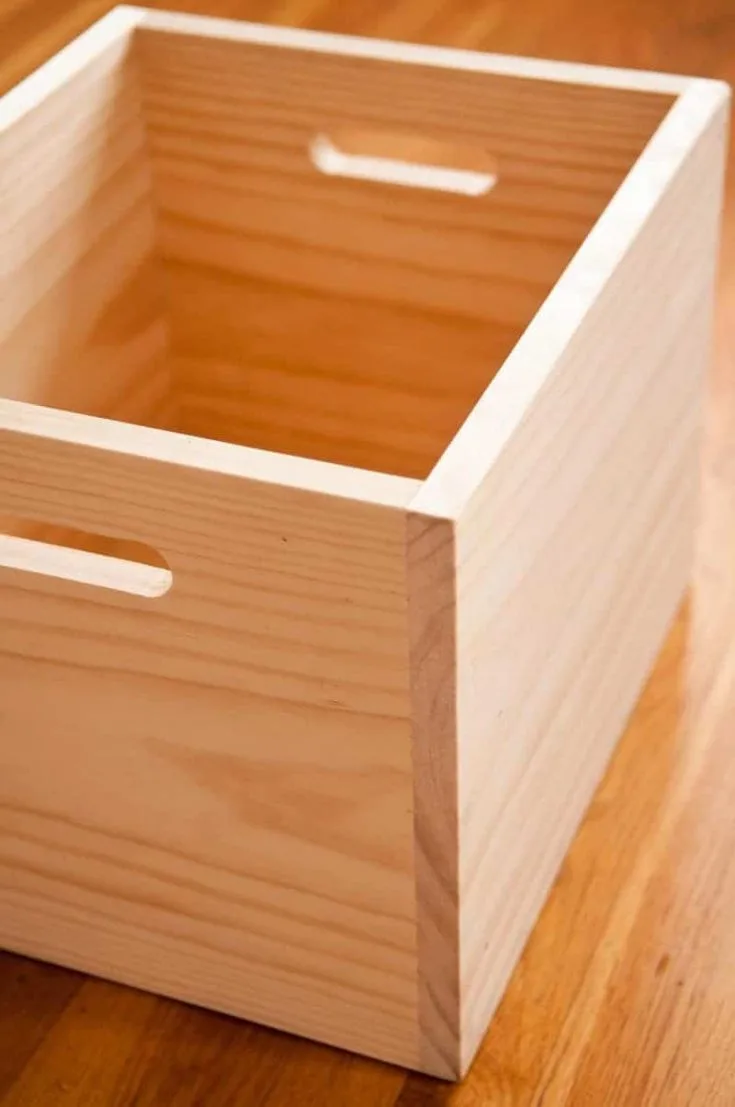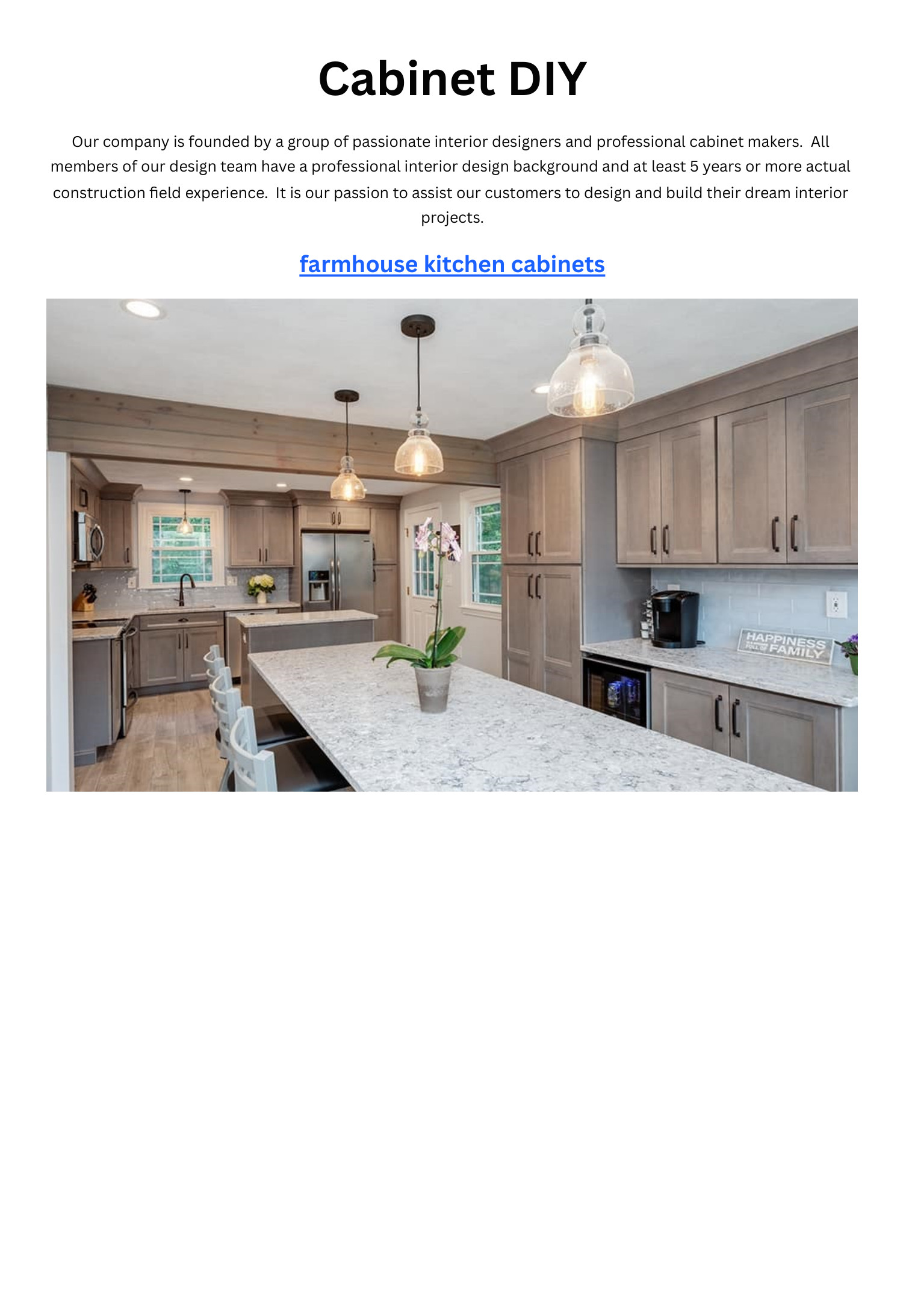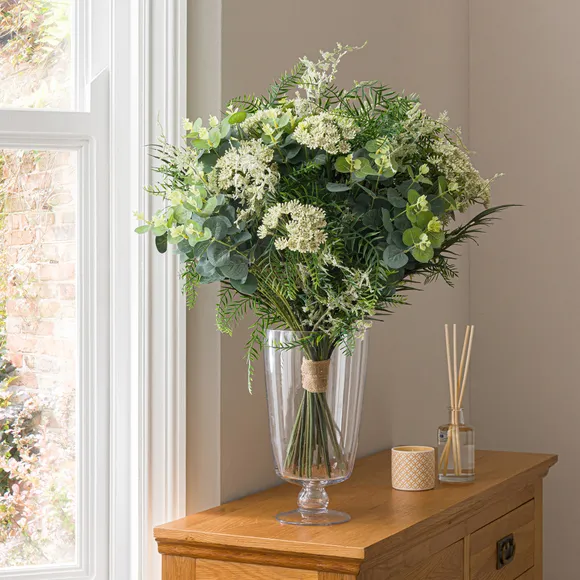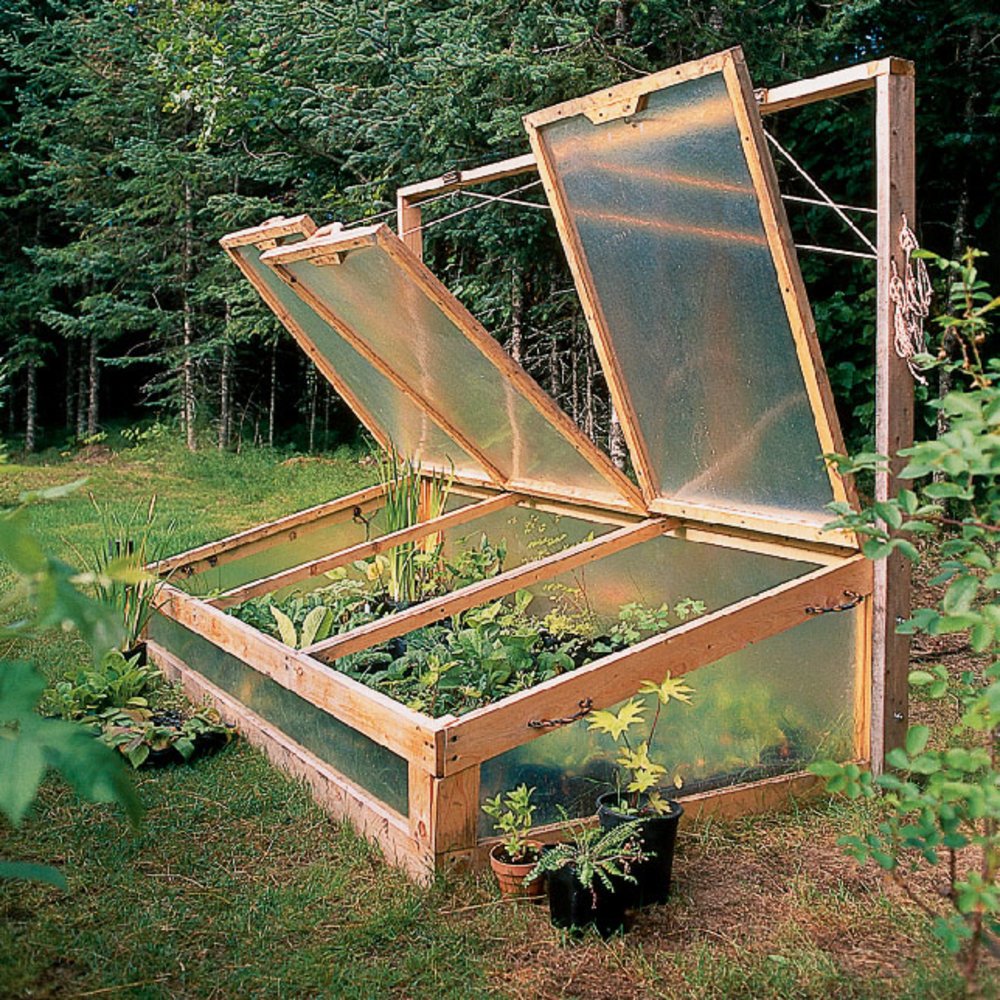Easy Woodworking Projects for Beginners with Free Plans to Guide You
Are you ready to unleash your inner craftsman and create stunning woodworking projects? The world of woodworking offers a rewarding and creative outlet, and you don’t need to be a seasoned pro to get started. This guide will empower you with easy woodworking projects perfect for beginners, complete with free plans to guide you every step of the way. Let's dive in and turn your woodworking dreams into reality!
Choosing Your First Project
The key to a successful first woodworking project is choosing something manageable and rewarding. Here are some ideas to get your creative juices flowing:
Simple Shelves
Floating shelves are a fantastic starter project. They're functional and add a touch of charm to any room. You'll learn basic cutting, sanding, and finishing techniques, and you can customize the size and style to fit your space.
Wooden Cutting Board
A cutting board is a practical and useful project that's perfect for beginners. You'll gain experience with shaping, sanding, and applying food-safe finishes. Plus, you'll have a beautiful and unique cutting board to show off.
Birdhouse
Building a birdhouse is a delightful project that brings nature closer to home. It's a great way to learn about different wood types and basic carpentry techniques. You can even personalize your birdhouse with paint or decorative elements.
Essential Tools for Beginners
Don't be intimidated by the prospect of gathering tools. For these beginner projects, you'll need a basic set that's readily available at most hardware stores.
- Measuring Tape: Essential for accurate cuts and ensuring your project is the right size.
- Hand Saw: A reliable hand saw is perfect for making straight cuts.
- Screwdriver Set: Choose a set with various sizes for driving screws securely.
- Hammer: A good hammer is essential for securing nails or driving chisels.
- Sandpaper: Sandpaper in various grits will help smooth and refine your wood.
- Safety Glasses: Always wear safety glasses to protect your eyes from wood chips and debris.
- Work Gloves: Gloves provide protection and grip, especially when working with power tools.
Free Woodworking Plans: Your Blueprint to Success
Now that you have your tools, let's find the perfect free woodworking plan to guide you. A well-written plan includes detailed instructions, diagrams, and materials lists, making the process easy to follow. Here are some excellent resources for free plans:
- Ana White: Ana White offers a treasure trove of beginner-friendly plans, from furniture to home decor. Her clear instructions and helpful tips will make building a breeze.
- The Wood Whisperer: This website features a vast library of woodworking plans, covering everything from basic projects to more complex builds. They offer detailed videos and step-by-step guides.
- Pinterest: Pinterest is a visual goldmine for woodworking ideas. Search for your desired project, and you'll find countless free plans and inspiration.
Tips for Success
Here are some helpful tips to ensure your woodworking journey is enjoyable and successful:
- Start Small: Begin with a simple project to build your confidence and learn the basics. Don't get overwhelmed with overly ambitious projects at the start.
- Practice Safety: Always wear safety glasses and gloves, and work in a well-lit area. Take your time and avoid rushing.
- Ask for Help: Don't be afraid to ask for help from a friend, family member, or local woodworking club if you encounter any difficulties.
- Have Fun! Woodworking should be an enjoyable experience. Embrace the creative process and let your imagination run wild.
So, what are you waiting for? Grab your tools, choose a free woodworking plan, and get ready to create something beautiful and rewarding. Happy woodworking!




















